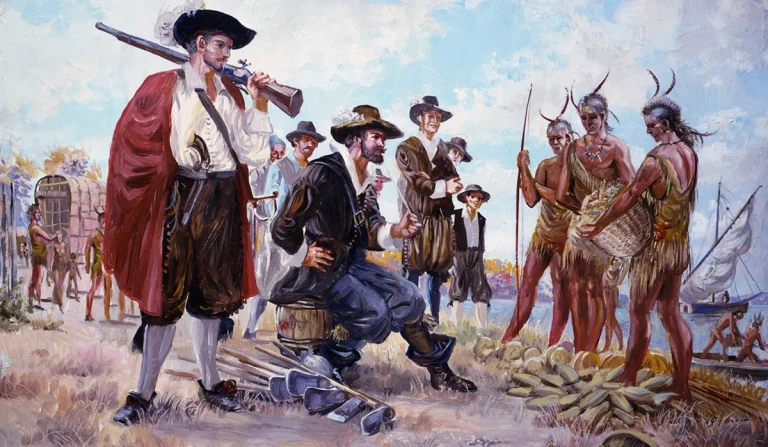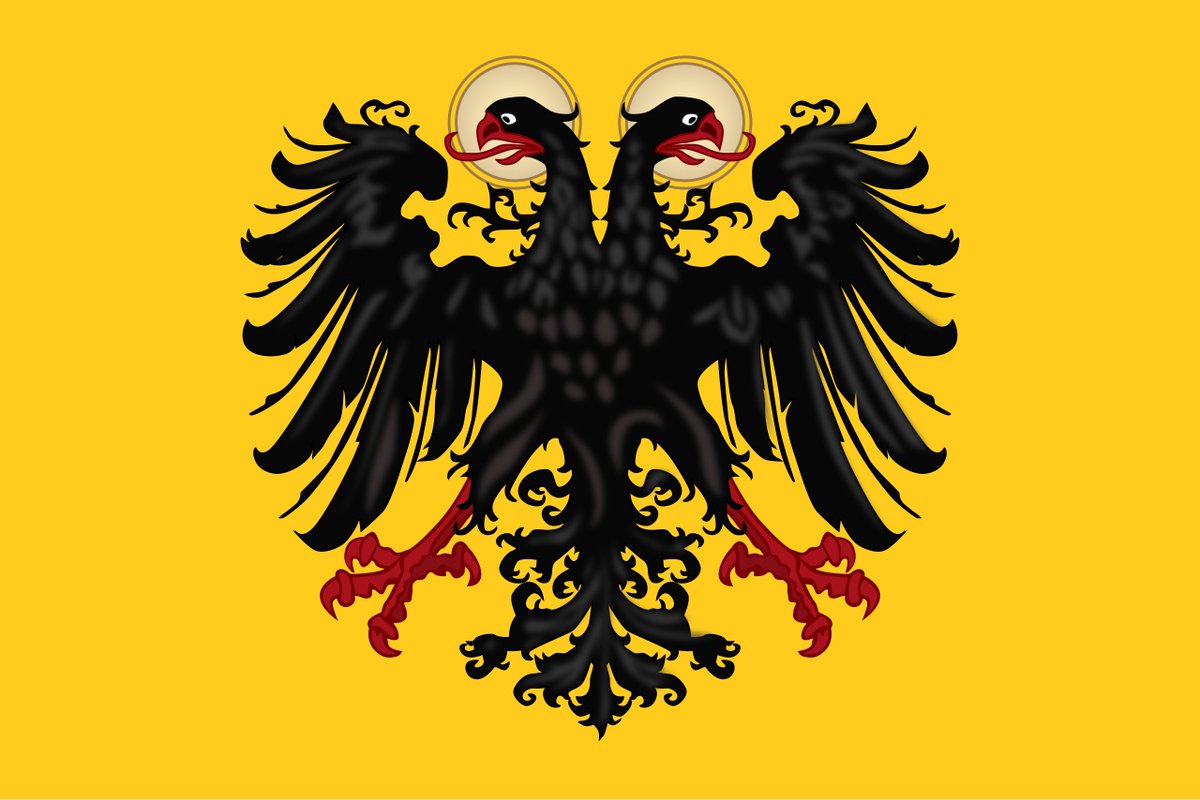Today is the anniversary of the battle of Dorylaeum which took place on 1 July 1097 where crusaders defeated the forces of Sultanate of Rûm! Part of the First Crusade, it was the first real test for crusaders as they were ambushed by a strong and determined force of Seljuk Turks! 
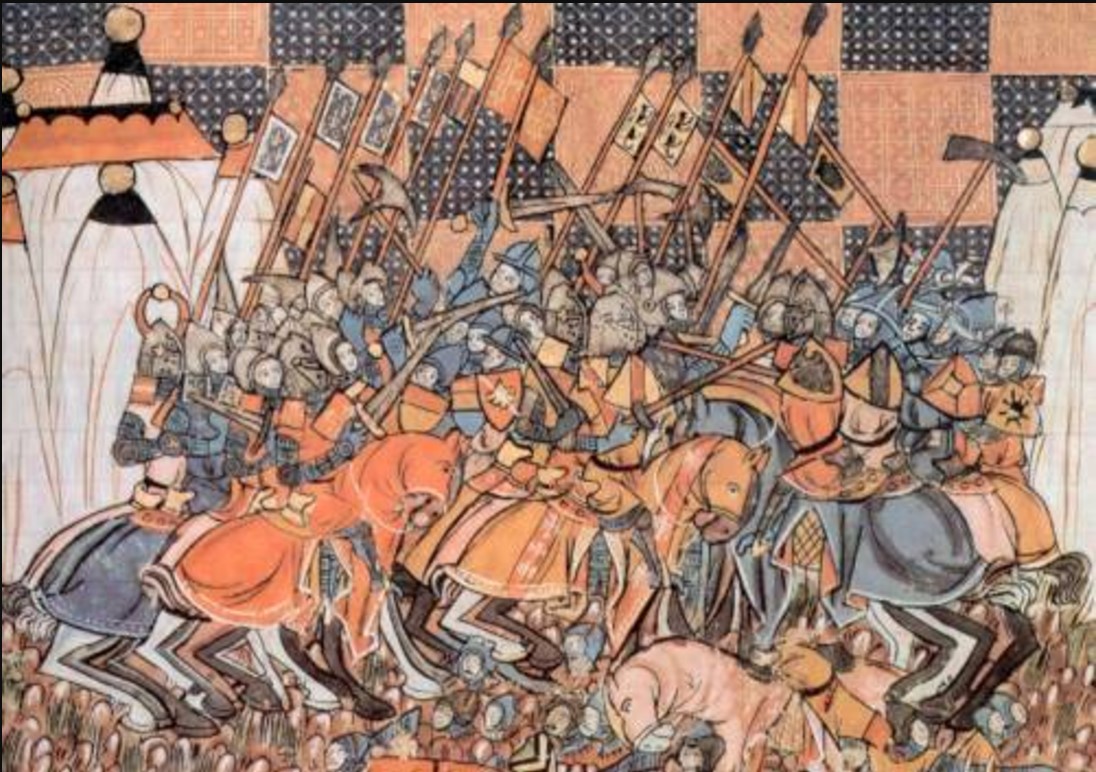
The battle of Dorylaeum happened when the crusader army was crossing Anatolia on their way to the Holy Land. Their journey began in the first part of year 1097 as they left Constantinople where the large crusader force gathered and was transported to Asia Minor by the Byzantines. 
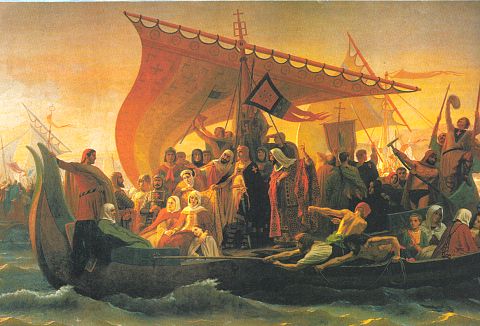
Together with the Byzantines they would besiege and conquer the wealthy city of Nicaea, the capital of the Seljuk Sultanate of Rûm which was ruled by sultan Kilij Arslan who was away fighting against his Danishmend rivals. He returned but his relief army was routed by crusaders. 
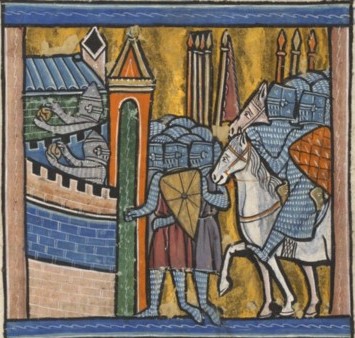
The city of Nicaea finally surrendered to the Byzantines in June to avoid getting sacked by the crusaders. The crusaders would now continue their journey on their own, accompanied only by a small Byzantine detachment led by general Tatikios who served as a guide for crusaders.
The crusaders would have to use the old Byzantine roads across Asia Minor, traveling through dangerous and hostile Turkish-ruled Anatolia in the scorching heat of June. They decided to split in two to ease the problem of supplies and to meet at the ancient city of Dorylaeum! 

The first army was led by Bohemund of Taranto and consisted of Normans, troops from counts of Flanders and of Blois and the Byzantine guides. The second army was led by Raymond of Toulouse and included troops from France, Lorraine and of the Count of Vermandois.
Leadership was extremely important in this situation and as we saw throughout the crusades, to cross Anatolia and get to the Holy Land on foot, a great and not just good commander and leader was needed! Fortunately for the crusaders, the First Crusade was led by great men!
Bohemund of Taranto from the Norman realm of Sicily who would distinguish himself at Dorylaeum was one of such great men. He was physically imposing, charismatic, intimidating, cunning and a very talented and experienced military strategist. He would become a legendary crusader. 

Bohemund already had a lot of military experience fighting against the Byzantines and raiding their lands. For this reason the Byzantines never trusted him, but they also respected him and feared him. Here is how Anna Comnena, Byzantine emperor Alexios' daughter, described him: 
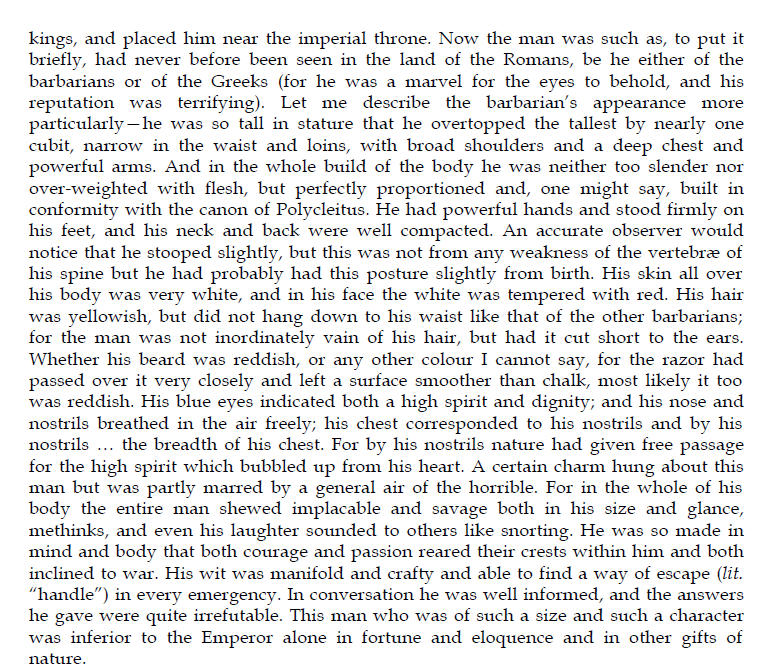
At Dorylaeum, however, Bohemund would not face his old enemies Byzantines but Seljuk Turks who were a new and unknown enemy. After his failure to relieve Nicaea the Sultan Kilij Arslan gathered a new army in the east and was eager to have his revenge against the crusaders.
On July 1, the Seljuks attacked Bohemund's part of the crusader army which was weaker than the second army. The chronicle Gesta Francorum reports that the Mohammedan Turks were making devilish and diabolical sounds before they attacked and surrounded crusaders from all sides! 

Bohemund organized his forces quickly and showed his adaptability against this unknown enemy that used horse archers and retreat tactics to avoid close combat with the crusaders. He ordered his men to dismount and stand firm, putting armored knights in front to act as a shield. 

Indeed the crusader tactics proved defensively effective as the Seljuk Turks found it impossible to do damage to these "men of iron" with their arrows, but their pressure was consistent and their supply of arrows seemingly endless. They killed many horses and lesser armored men!
The fighting reportedly lasted for 6 hours as the Turks kept firing arrows and retreating while the crusaders held their position. Bohemund assembled the non-combatants in the center of the camp where there were springs of water and women were carrying water up to the front line.
Bohemund sent messengers to the second army of crusaders and was patiently waiting for reinforcements. It was his leadership and discipline that he enforced that enabled crusaders to survive until the relief crusader army led under Godfrey of Bouillon and Raymond of Toulouse came 

The Seljuks who were not aware that they did not entrap the entire crusader army were taken off guard and started retreating in front of the crusader knights now charging at them. Another crusader force of southern French led Adhemar of Le Puy attacked them from the hills behind! 

Adhemar was another capable leader and planned this diversion by finding guide to take him over the mountain paths. His intervention ensured the crusaders' total triumph as the Turks left their camp behind for the crusaders to plunder and enrich themselves. The battle was won!
The crusader victory at Dorylaeum demoralized the Turks and crusaders would continue their path over Anatolia virtually unopposed. Realizing that the crusaders were much stronger than he thought and that he could not stop their advance by military force, Kilij Arslan retreated.
Despite this, the journey ahead was hard for crusaders due to scarce food and they would find another big challenge in the mighty city of Antioch, but once again Bohemund would prove his worth and play a big role in that victory as well, clearing the path to Jerusalem! Deus vult! 

(My main sources for this one Steven Runciman, A History of the Crusades Vol. 1. the First Crusade and the Foundation of the Kingdom of Jerusalem and Gesta Francorum.)
• • •
Missing some Tweet in this thread? You can try to
force a refresh
















